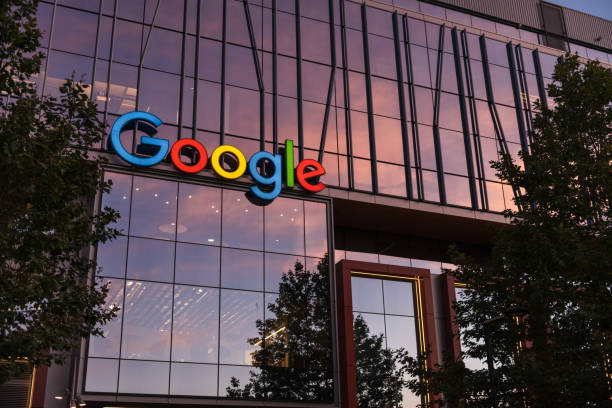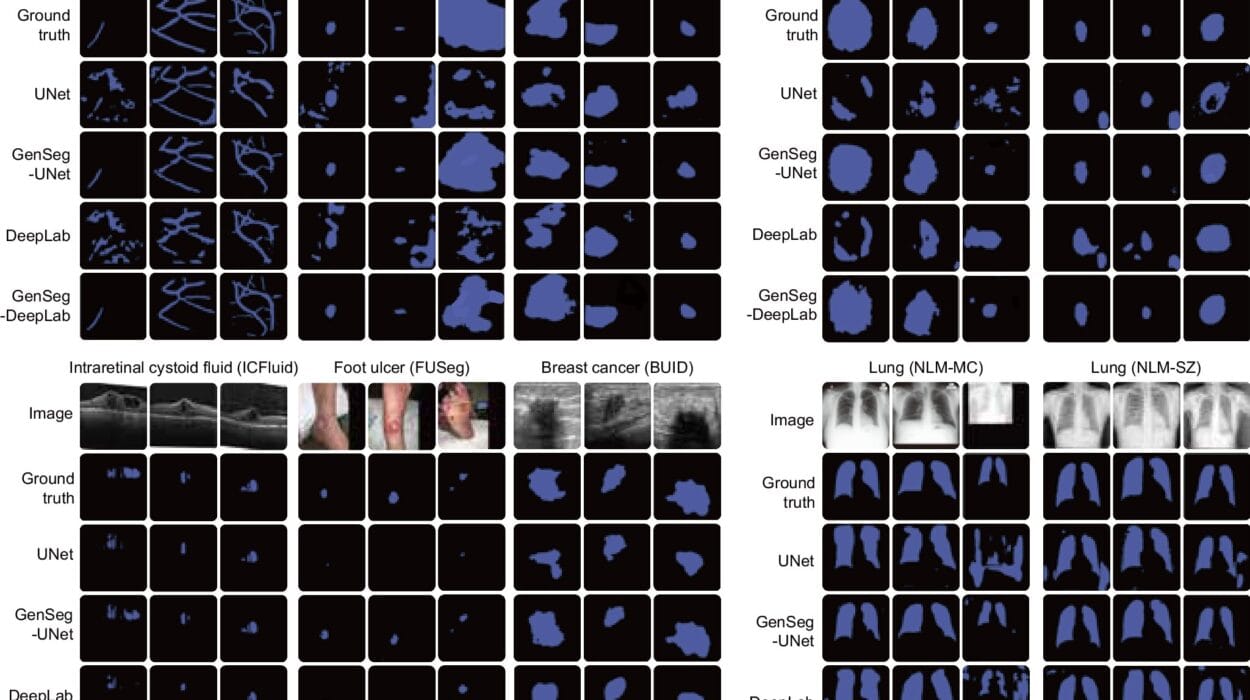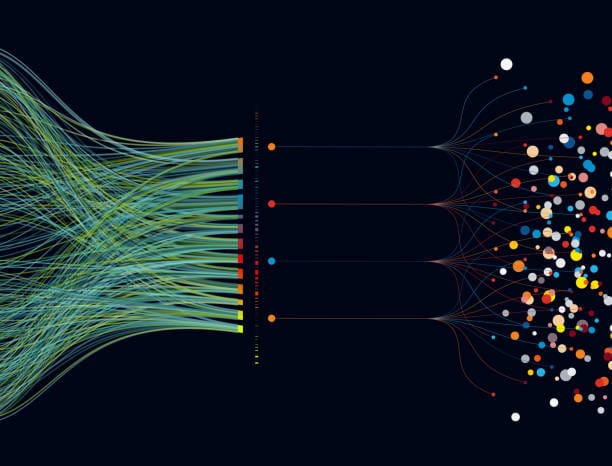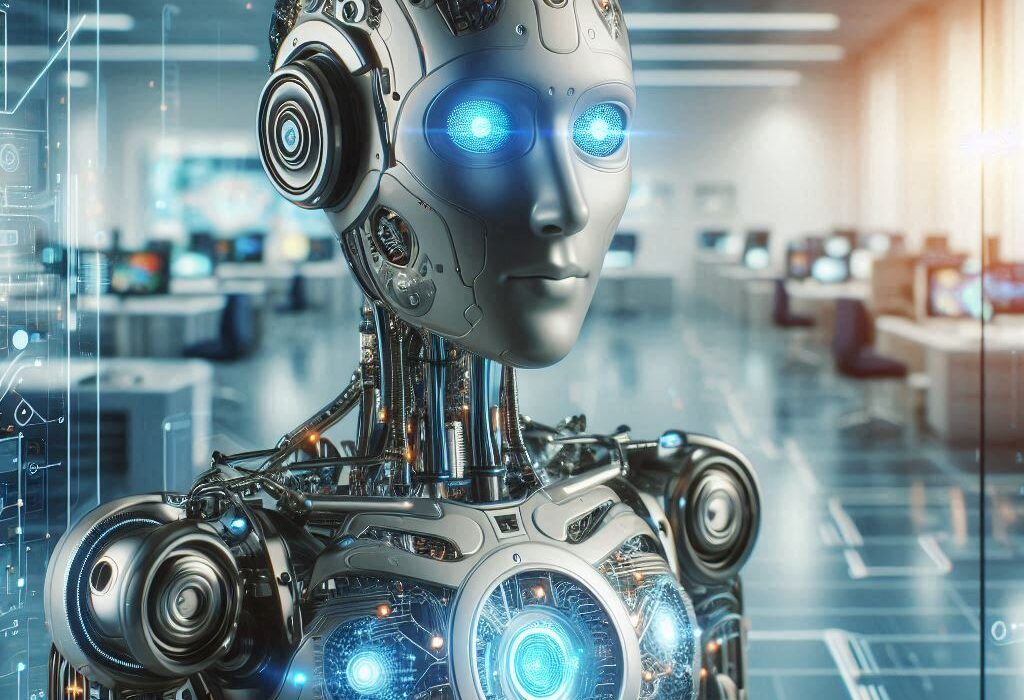If you could step back a hundred years and describe the 21st century to someone living in the age of steam locomotives and handwritten letters, the most astounding part wouldn’t be airplanes or skyscrapers — it would be the invisible intelligence running through almost everything we touch. The world today hums with algorithms, data, and logic. Your phone responds to your voice. Cars navigate without human hands on the wheel. Hospitals diagnose illnesses with the help of machines. None of this would exist without the discipline that quietly shapes our age: computer science.
But what exactly is computer science? For many, the phrase conjures images of glowing screens, lines of code, and people hunched over keyboards late at night. While coding is part of the story, computer science is far more expansive. At its core, it is the study of computation — of how to solve problems using information, logic, and systems that can be executed by machines or, in some cases, even by humans.
It is an intellectual pursuit that merges mathematics, engineering, and creativity. It is also a cultural force, transforming how we communicate, work, learn, and even think. Understanding computer science is not merely about understanding computers; it’s about understanding the language and logic of the modern world.
The Heartbeat of Computation
Computer science is built on a simple but profound foundation: the idea that any process — from calculating a budget to simulating the climate of an entire planet — can be broken down into precise steps that a machine can follow. This process, called an algorithm, is the lifeblood of the field.
An algorithm is not magic; it is a recipe. Just as a chef follows a sequence of instructions to bake a cake, a computer follows a sequence of instructions to sort a list, encrypt a message, or predict tomorrow’s weather. The elegance of computer science lies in its ability to design algorithms that are efficient, reliable, and adaptable to countless situations.
But designing algorithms is more than logic — it’s about creativity. Two computer scientists can face the same problem and devise completely different solutions. One may choose a quick, clever shortcut; another may build a robust, scalable system meant to last decades. In this way, computer science is as much an art as it is a science.
More Than Just Programming
It’s easy to confuse computer science with programming. Programming is the act of writing code in a language a computer understands. Computer science is the study that informs what you write and why you write it that way.
Think of it this way: programming is to computer science what writing is to literature. You can write sentences without being a novelist, just as you can code without being a computer scientist. But true computer science asks deeper questions. How do we store and retrieve vast amounts of data efficiently? How do we protect information from being stolen or corrupted? How can we make machines learn from experience rather than being told every single instruction?
Programming is a tool — an essential one — but it is only the surface layer of a vast intellectual ocean. Beneath it lies the study of data structures, computational complexity, artificial intelligence, human-computer interaction, and many other subfields that together define what computer science really is.
From Ancient Abacus to Quantum Dreams
While the modern era of computer science began in the 20th century, its roots stretch back thousands of years. Early civilizations built tools like the abacus to perform arithmetic. In the 19th century, Charles Babbage designed the “Analytical Engine,” a mechanical device considered the first conceptual computer. Ada Lovelace, working with Babbage, wrote the first algorithm intended for such a machine — making her the first computer programmer in history.
The 20th century accelerated the story. Alan Turing, a British mathematician, laid the theoretical foundation for all digital computers with his concept of the “Turing machine” — an abstract device capable of performing any computation given enough time and memory. During World War II, computers helped crack the German Enigma code, changing the course of history.
By the 1950s and 60s, computers evolved from room-sized machines used for specialized military and scientific tasks into more versatile systems serving businesses and universities. The birth of high-level programming languages like FORTRAN and COBOL brought computer science closer to the everyday world.
Today, the trajectory continues toward quantum computing, where the rules of computation themselves may be rewritten using the strange laws of quantum mechanics. Each era in computer science builds upon the last, reshaping the limits of what machines — and humans — can do.
The Language of Logic and Structure
At the core of computer science lies a way of thinking known as computational thinking. It involves breaking problems into manageable pieces, identifying patterns, abstracting away irrelevant details, and designing step-by-step solutions.
This mindset is not limited to coding. An architect designing a building, a doctor diagnosing a patient, and a musician composing a song can all use computational thinking. It’s about precision, clarity, and adaptability — qualities that computers demand and that humans can learn from.
To bring these ideas to life, computer scientists use data structures — ways of organizing information so that it can be accessed and modified efficiently. Arrays, linked lists, trees, and graphs are not just abstract concepts; they are the skeletons of modern software, from search engines to video games.
The Art of Efficiency
A computer can perform billions of operations per second, but even it has limits. Computer science is obsessed with efficiency — making sure a task is done as quickly and resourcefully as possible. This is where the study of computational complexity comes in, asking how the time and memory required for a task grow as the problem gets bigger.
Efficiency is not merely academic. In real life, it can mean the difference between a navigation app giving you the fastest route in milliseconds or taking so long that you miss your exit. It can mean the difference between a medical AI diagnosing cancer in minutes or hours.
The Human Side of Machines
For all its mathematical rigor, computer science is deeply human. Every line of code, every algorithm, and every system is designed by people for people. Human-computer interaction, a branch of computer science, studies how we design technology to be usable, intuitive, and even delightful.
Poorly designed software can frustrate or confuse, while well-designed systems can empower and inspire. Consider the elegance of a search engine that understands your intent even when you type a vague phrase, or a smartphone app that allows a visually impaired person to navigate a city with confidence.
Intelligence in Silicon
One of the most transformative subfields of computer science today is artificial intelligence. Here, the goal is to create systems that can learn, reason, and adapt. Machine learning, a branch of AI, uses data to train algorithms that improve with experience — from recognizing faces in photos to translating languages in real time.
This raises profound questions: If machines can think, what does that mean for our own intelligence? How do we ensure AI acts ethically? These questions are not just for scientists; they are for society as a whole. Computer science provides the tools, but humanity must decide how to use them.
The Global Network
Perhaps the most visible achievement of computer science is the internet — the vast, decentralized network connecting billions of devices worldwide. It is a marvel of engineering, but also a living ecosystem shaped by algorithms, data flows, and human behavior.
Computer scientists design the protocols that allow devices to communicate, the encryption that keeps transactions secure, and the systems that store unimaginable amounts of information. The internet is a monument to collaboration, but also a reminder of the responsibilities that come with connectivity: privacy, security, and the fight against misinformation.
Beyond the Machine
At its highest level, computer science is not about machines at all — it is about problem solving. The problems may be expressed in code, but they can be medical, environmental, artistic, or social. Computer scientists build models to predict the spread of diseases, simulate climate change, create virtual reality worlds, and compose music with algorithms.
The boundaries between computer science and other fields are dissolving. Biologists use computational models to map genomes. Economists use machine learning to forecast markets. Artists use algorithms to create generative art. The reach of computer science is not limited by its origin in electronics; it extends into every corner of human creativity and curiosity.
The Ethics of Power
With great power comes great responsibility, and computer science is no exception. The algorithms that recommend videos, approve loans, or predict criminal behavior can shape lives in profound ways. If they are biased, opaque, or misused, the consequences can be devastating.
Ethical computer science demands transparency, fairness, and accountability. It also requires acknowledging that technology is never neutral — it reflects the values and assumptions of those who create it. In this sense, computer science is as much a social science as it is a technical one.
A Future Still Unwritten
The story of computer science is still in its early chapters. Emerging fields like quantum computing, brain-computer interfaces, and decentralized systems hint at possibilities we can scarcely imagine. Just as the early pioneers could not foresee the smartphone in your pocket, we cannot fully predict what the next century of computer science will bring.
What we can say is this: computer science is not just a profession or an academic discipline. It is a way of understanding and shaping the world. It is the art of turning imagination into reality through the language of logic. And as long as there are problems to solve, ideas to explore, and people to connect, computer science will remain at the heart of human progress.

